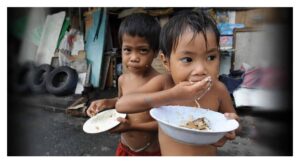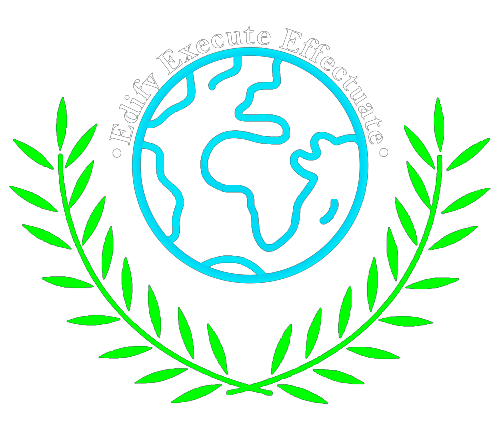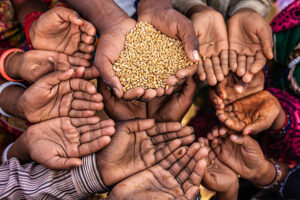Introduction
Sustainable Development Goal 2 is part of the United Nations’ Agenda for Sustainable Development 2030, on ending hunger; ensuring food security; improving nutrition; and promoting sustainable agriculture. Hunger has become a joint issue that greatly merges with the foremost public health crises relating to undernutrition, malnutrition, and the emergence of NCDs (FAO 2021, “State of Food Security and Nutrition in the World.”). Hunger, notably in countries like India, is a multidimensional issue; it is a product of the agricultural system, socio-economic inequalities, and health infrastructure. (National Family Health Survey (NFHS-5), 2021)
This implies that the real test is whether sustainable agriculture meets the short-term concerns of food security and provides guarantees for sustainability in the long run. Regions such as India have witnessed both advantages and disadvantages of the Green Revolution: A movement which significantly boosted crop yields but also led to an overreliance on monocultures such as rice and wheat which resulted in the depletion of soil health and biodiversity. (Government of India, Ministry of Agriculture, 2021. “Green Revolution’s Impact.”) The need is to revive diverse, nutrient-rich crops such as millets and pulses, and addressing these concerns lays a potential solution to both undernutrition and malnutrition. An important lesson for the world of sustainable food production is Germany’s capability to produce sustainable technology-driven agriculture systems.
The legacy of the Green Revolution: From the 1960s onwards, Green revolution transformed the face of Indian agriculture with the beginning of modern farming practices and high-yielding crop varieties. It began with an emphasis on increasing rice and wheat production, through which, over time, famine was eradicated and the availability of food increased in the country. However with this emphasis on staple grains also came some problems in terms of soil degradation, lower crop diversity, and dependence on chemical inputs such as fertilizers and pesticides. All these now pose a huge challenge to sustainable food production and long-term food security for India.
The policy environment focuses on diversification. Millets have also been recognized as “nutri-cereals” owing to their high level of nutrition, but there is also recognition of their drought hardness and their capacity for growth in marginal soils. (FAO, 2021) Alternately, crops that are less thirsty, such as millets, ragi, and sorghum, can be substituted for water-guzzling crops like rice and sugarcane, mainly in water-scarce areas. Similarly, pulses with high content of protein and micronutrients have been highlighted as essential for the elimination of so-called hidden hunger or lack of nutrients arising from diet diversity.




